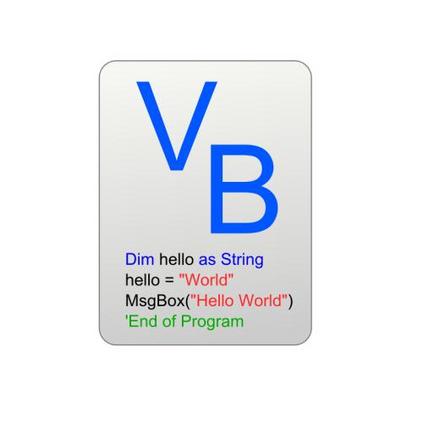We consider the problems of sampling and counting edges from a graph on $n$ vertices where our basic access is via uniformly sampled vertices. When we have a vertex, we can see its degree, and access its neighbors. Eden and Rosenbaum [SOSA 2018] have shown it is possible to sample an edge $\epsilon$-uniformly in $O(\sqrt{1/\epsilon}\frac{n}{\sqrt{m}})$ vertex accesses. Here, we get down to expected $O(\log(1/\epsilon)\frac{n}{\sqrt{m}})$ vertex accesses. Next, we consider the problem of sampling $s>1$ edges. For this we introduce a model that we call hash-based neighbor access. We show that, w.h.p, we can sample $s$ edges exactly uniformly at random, with or without replacement, in $\tilde{O}(\sqrt{s} \frac{n}{\sqrt{m}} + s)$ vertex accesses. We present a matching lower bound of $\Omega(\sqrt{s} \frac{n}{\sqrt{m}} + s)$ which holds for $\epsilon$-uniform edge multi-sampling with some constant $\epsilon>0$ even though our positive result has $\epsilon=0$. We then give an algorithm for edge counting. W.h.p., we count the number of edges to within error $\epsilon$ in time $\tilde{O}(\frac{n}{\epsilon\sqrt{m}} + \frac{1}{\epsilon^2})$. When $\epsilon$ is not too small (for $\epsilon \geq \frac{\sqrt m}{n}$), we present a near-matching lower-bound of $\Omega(\frac{n}{\epsilon \sqrt{m}})$. In the same range, the previous best upper and lower bounds were polynomially worse in $\epsilon$. Finally, we give an algorithm that instead of hash-based neighbor access uses the more standard pair queries (``are vertices $u$ and $v$ adjacent''). W.h.p. it returns $1+\epsilon$ approximation of the number of edges and runs in expected time $\tilde{O}(\frac{n}{\epsilon \sqrt{m}} + \frac{1}{\epsilon^4})$. This matches our lower bound when $\epsilon$ is not too small, specifically for $\epsilon \geq \frac{m^{1/6}}{n^{1/3}}$.
翻译:我们从一个以美元为基底的 {美元为底端的 { 美元为基底的 { 美元为基底的 { 美元为基底的 { 美元为基底的 { 基底的 { 基底的 { 基底的 { 基底的 { 基底的 { 基底的 { 基底的 { 基底的 { 基底的 { 基底的 { 基底的 { 基底的 { 基底的 { 基底的 。 当我们有一个基底的 美元为基底的 美元 { 基底的 和 基底的 。




